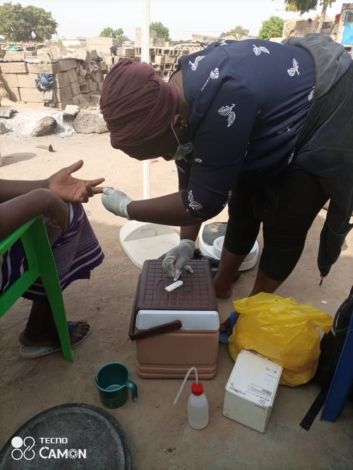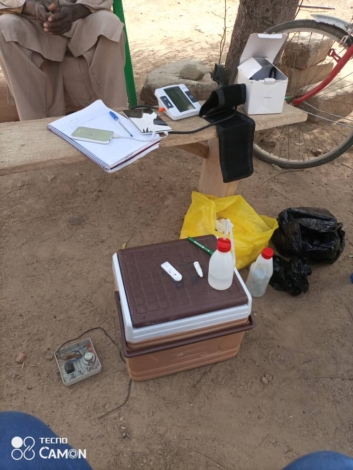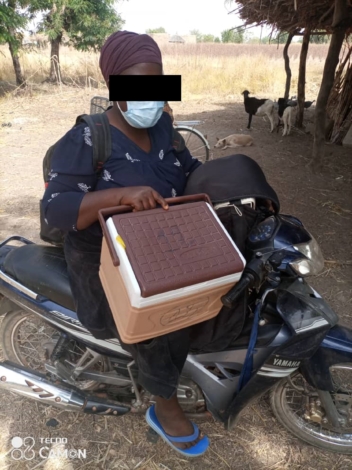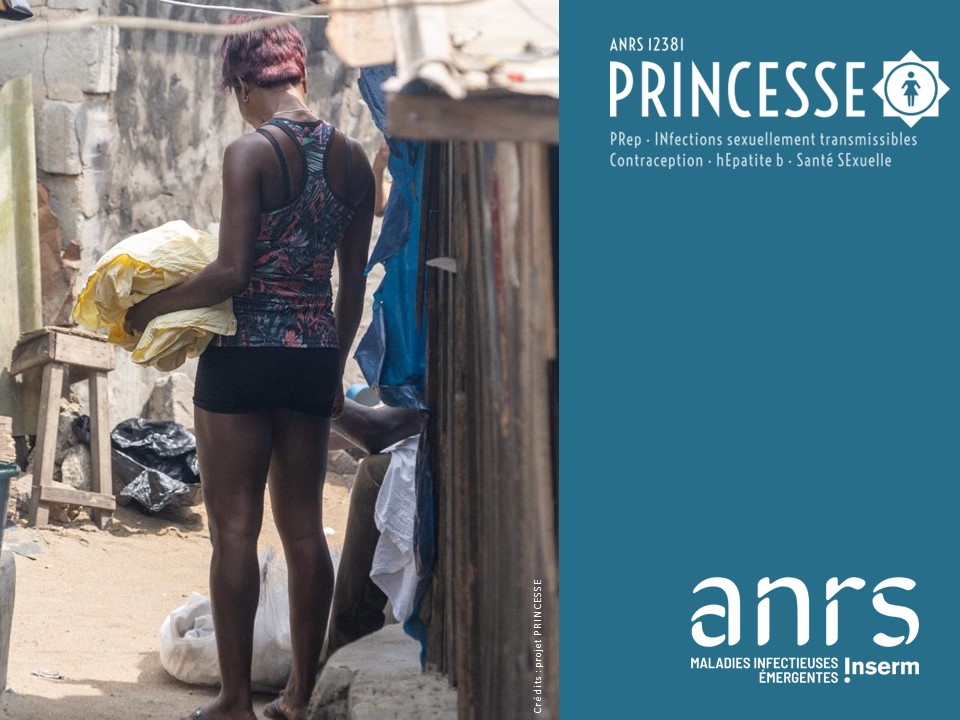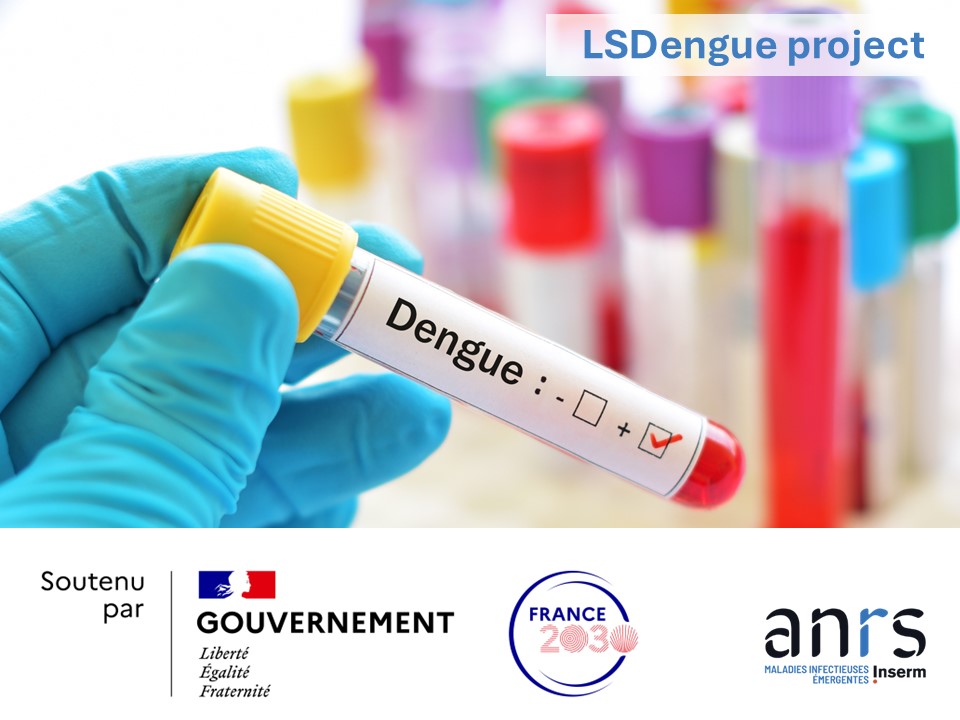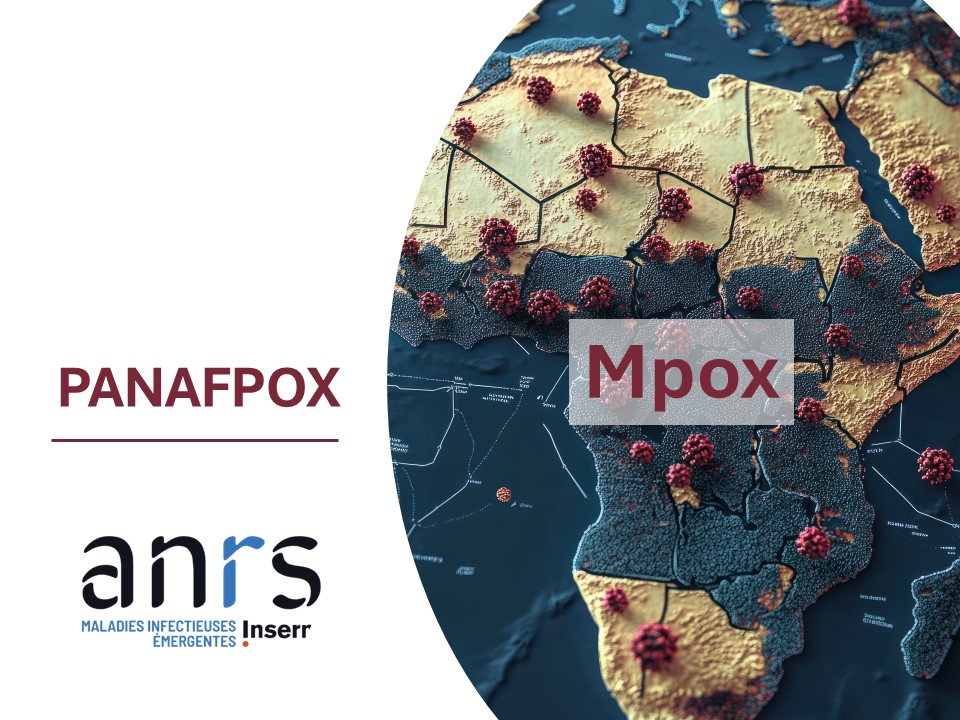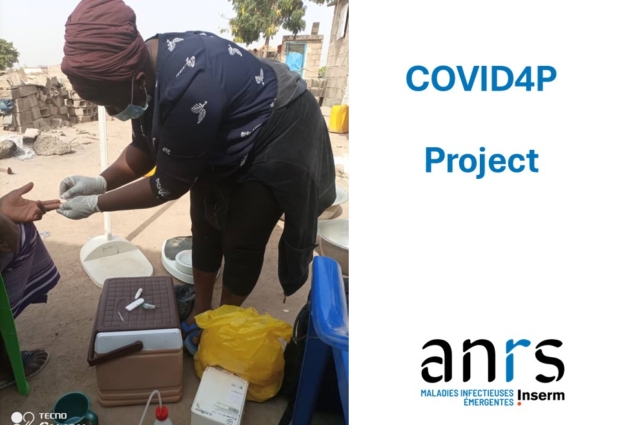
COVID4P Project in Burkina Faso
Analysis of the relationship between poverty, pollution, prevention and the spread of COVID-19
Last updated on 20 November 2025
In brief
The COVID4P project (“Analysis of the Relationships Between Poverty, Pollution, Prevention, and COVID-19 Progression in Burkina Faso“) aims to identify the behavioural and environmental factors that determine the adoption of preventive behaviour in the context of an epidemic such as COVID-19 in three urban and peri-urban areas in the South Center region of Burkina Faso (Kombissiri, Manga and Pô).
Objectives of the COVID4P project
The aim of this study is to analyse the factors influencing the incidence and severity of CoViD-19. It focuses in particular on two key factors in the spread of the virus: the adoption of preventive behaviours (such as quarantine and compliance with barrier measures) and the impact of air pollution.
The main assumptions are:
- The level of knowledge of the disease in households (knowledge of transmission modes, means of protection and associated symptoms) promotes the adoption of primary prevention behaviours.
- Household budget constraints are a barrier to the adoption of preventive behaviours.
- Adopting primary prevention behaviours reduces the incidence.
- PM2.5 fine particle pollution to which individuals are exposed increases the incidence and severity of the disease.
In brief
Co-Investigators
Adama Sana , Centre Muraz (Burkina-Faso) and Philippe De Vreyer LEDa – UMR CNRS 8007 – UMR IRD 260, Université Paris-Dauphine – PSL
Teams
Abdramane Berthé (Université de Dédougou et Centre Muraz), – Hermann Badolo (Centre Muraz), Elodie Djemaï (Laboratoire d’Economie de Dauphine), Dramane Kania (Centre Muraz), Thomas Thivillon (Bordeaux Sciences Economiques)
Funding
ANRS Maladies infectieuses émergentes
Sponsorship
Institut de recherche pour le développement (IRD)
Methodology of the COVID4P study
The study is based on a descriptive cross-sectional survey conducted between June and July 2021 in three medium-sized towns in the South-Center region of Burkina Faso: Kombissiri, Manga and Pô.
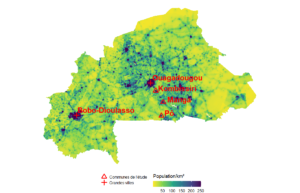
It was based on a sample conducted between late November 2019 and early March 2020 of 825 households randomly selected from these three cities as part of the REDGAS project.
Participants aged 16 and over underwent a serological test using the Biosynex COVID-19 BSS rapid test to detect IgG and IgM antibodies against SARS-CoV-2. A standardised questionnaire was also administered to collect additional information.
What are the first results of the COVID4P study?
An initial publication by Adama Sana et al. estimated the seroprevalence of SARS-CoV-2 and showed how socio-economic factors, such as poverty and access to drinking water, influence people’s vulnerability to COVID-19.
The study reported an overall seroprevalence rate of 11.48% (246 positive tests out of 2,143 tests performed), highlighting a significant difference between official seroprevalence rates and those actually observed. This study shows that, despite the limited number of officially declared cases (25 confirmed cases from March 2020 to July 2021, and 4 additional cases from August to December 2021), the South Center region of Burkina Faso has not been spared by the COVID-19 pandemic. The number of cases confirmed by the health authorities was largely underestimated due to the lack of systematic testing.
Women accounted for 66.67% of all subjects testing positive: 13.37% of women (164 cases) tested positive, and 8.95% of men (82 cases).
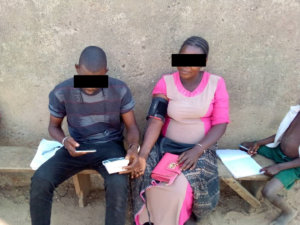
The results of the multivariate analysis reveal a significantly rate of infection in women, people over 55 and overweight individuals.
The study also revealed a paradoxical link between access to drinking water and seroprevalence. While better access to water should have encouraged better hygiene, it seems that people with access to running water were more exposed to the virus, probably due to a higher standard of living and increased mobility to areas of higher transmission such as Ouagadougou.
Conclusion
The results of this study show that the COVID-19 virus is also circulating in the population medium-sized towns in Burkina Faso, much more than was officially reported by the Burkinabe government’s information service, given the absence of systematic testing in the country’s general population. The study also highlighted the greater vulnerability of women, the elderly and the overweight to the epidemic. The preventive measures set up to combat the pandemic must take all these factors into account.
Scientific publications on the COVID4P project
- Sana A, Djemaï E, De Vreyer P, Thivillon T, Badolo H, Berthé A, Kania D. Seroprevalence and risk factors for SARS-CoV-2 infection in middle-sized cities of Burkina Faso: A descriptive cross-sectional study. PLoS One. 2024 Aug 7;19(8):e0305850. doi: 10.1371/journal.pone.0305850.

